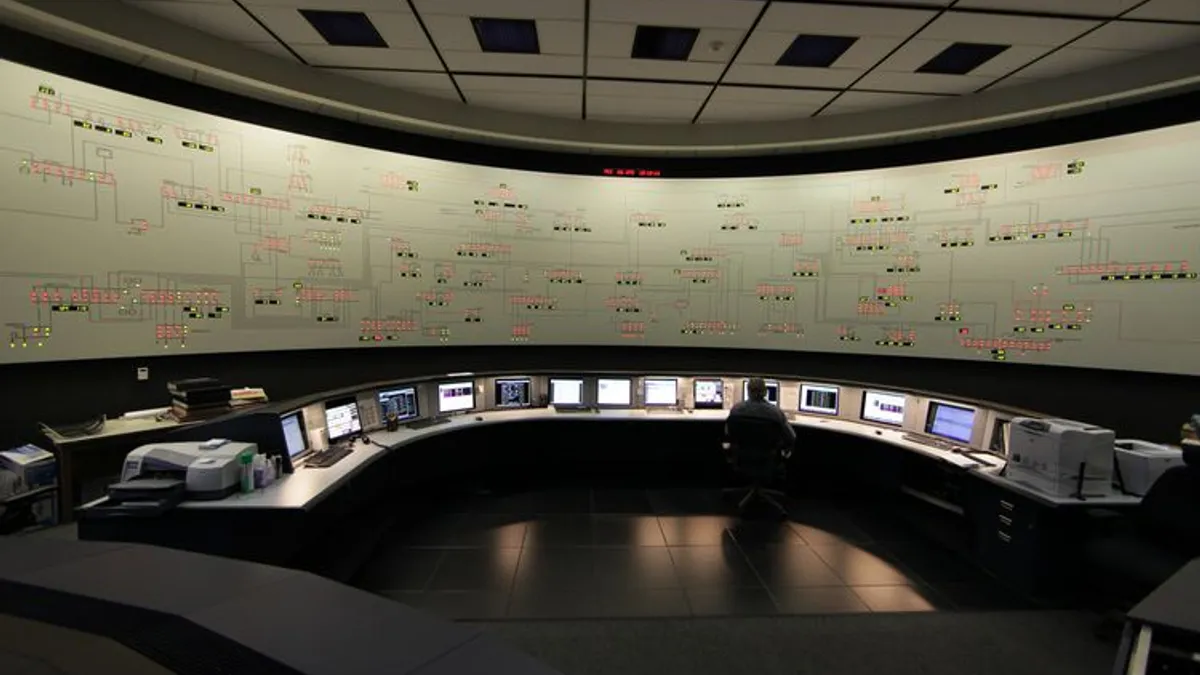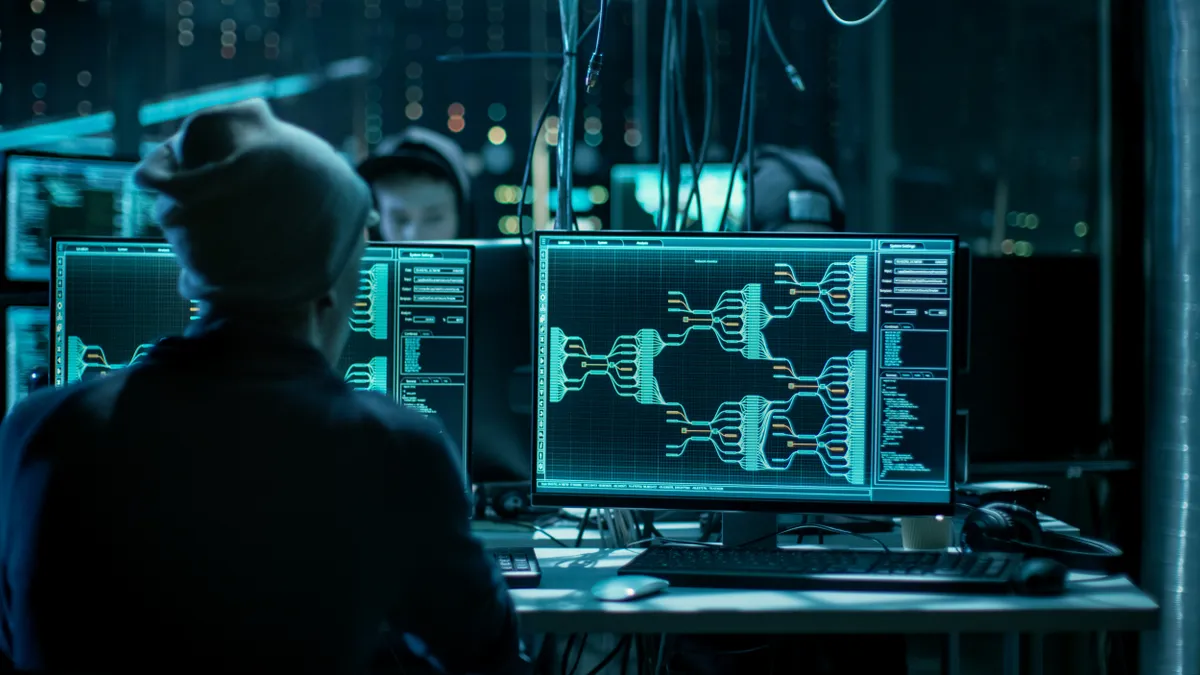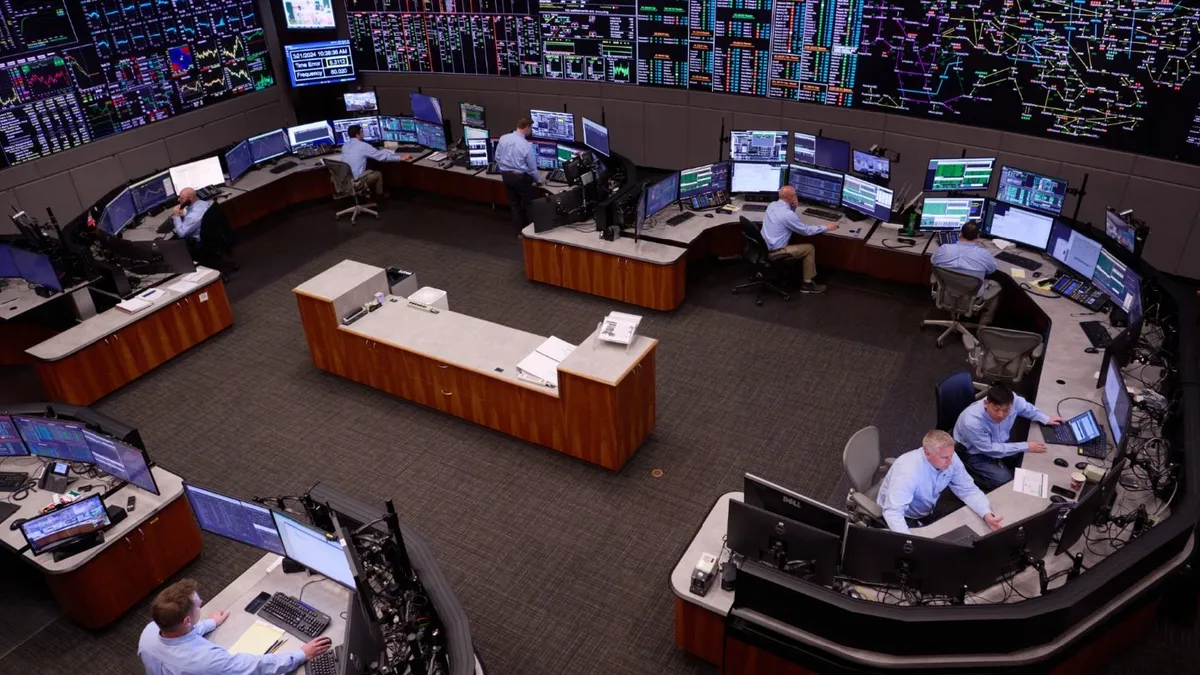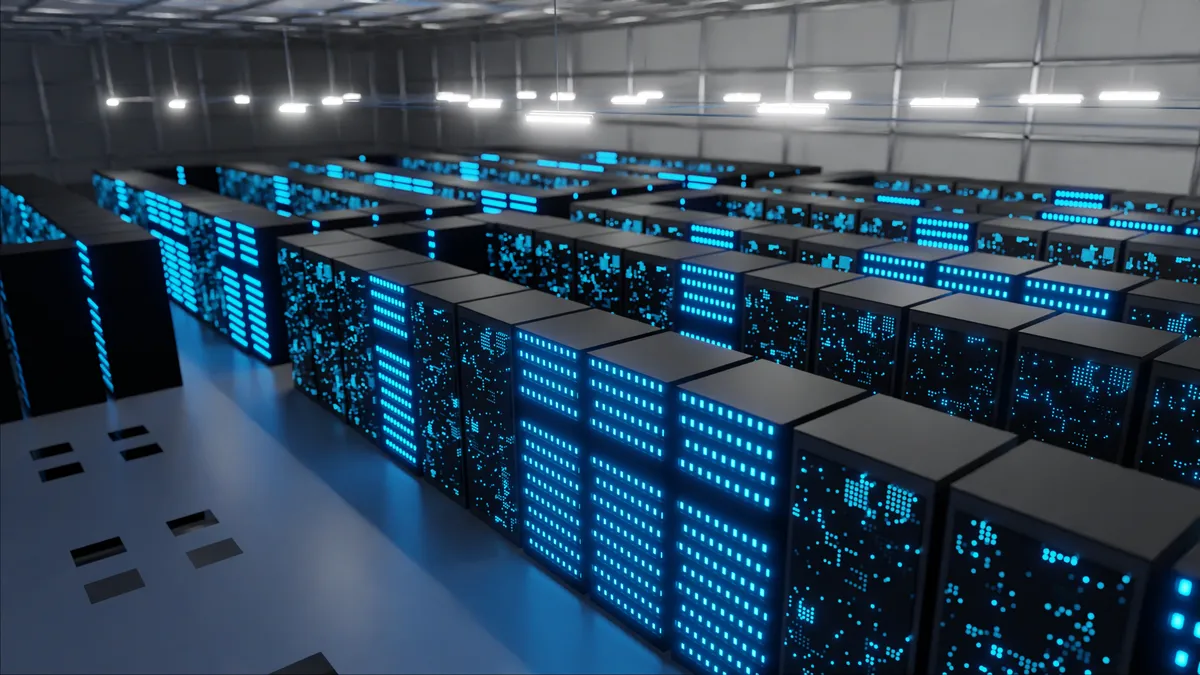If there was ever a power sector issue that could be said to be sexy, it’s transactive energy.
The idea itself isn’t particularly flashy — design a system where distributed energy resources (DERs) can receive locational and temporal compensation for the services they offer to the grid in real time. But transactive energy gets much of its attention from its association with the blockchain, a decentralized network that underlies cryptocurrencies like Bitcoin.
Just as the blockchain allows for instant encrypted currency trading between parties, the champions of transactive energy envision allowing customers with DERs to trade power and grid services with each other and their utilities in real time.
That capability could allow utilities to better leverage customer-sited resources to meet grid needs instead of building traditional infrastructure or running central-station plants. And it could help customers shave their own power bills by curtailing usage and deploying rooftop solar, distributed storage, or another DER.
The idea still largely remains theoretical outside of some small-scale demonstrations, but it’s attracting some major attention from power sector players.
Earlier this month at the DistribuTECH 2017 conference in San Diego, outgoing New York Public Service Commission Chair Audrey Zibelman endorsed the idea, saying it could be the end result of the Reforming the Energy Vision initiative, a regulatory proceeding aimed at transforming utility business models and creating distributed energy markets.
“I think the endgame could be a prices-to-devices element where the prices are there and then it's more of a distributed architecture where the resources will respond to the prices and there could be like a blockchain-type platform that could price it out,” she said.
But while transactive energy captures the imaginations of policymakers and technology vendors, executives at major U.S. utilities expressed skepticism about the idea elsewhere at the conference.
“I could actually figure out how to create such a market,” said Tom Bialek, chief engineer at San Diego Gas & Electric. “The challenge gets to be — what's the value associated with creating that market?”
If transactive energy is to develop anywhere, the benefits of such models will need to be made clearer by policymakers, utilities said. Even if that happens, the complexity of the distribution system could pose reliability problems if utilities relinquish some control to market forces.
“We don’t know what's going to work best. We're just starting on this journey."

Heather Sanders
Principal Manager of electric system planning, Southern California Edison
California dreamin'
In an interview with Utility Dive, Zibelman expressed confidence that if regulators create the proper pricing tools for distributed resources, markets will mature and begin to value services like “real-time responsiveness, reactive power, and various things that would make the grid more stable.”
California utilities, however, cautioned that the evolution may not be so natural. The Golden State opened its first docket on DERs in 1998, Bialek noted, and all investor-owned utilities in the state have been required to assess the viability of non-wire alternatives — DER substitutes for traditional grid investments — since 2003.
Today, California utilities are at the forefront of DER information-sharing, providing locational maps for DER vendors of hosting capacity on every substation in their service areas — a key near-term goal of the New York REV docket. They also have a more granular understanding of their distribution systems than other utilities, a product of detailed distribution system planning mandated by the legislature in 2013 and new testing of distributed energy management systems (DERMS) aimed at providing greater control of DERs.
All that means the California IOUs are further down the road of DER transformation than many utilities elsewhere in the nation. But utility officials warned that doesn’t mean that transactive marketplaces are necessarily in the cards.
“We don’t know what's going to work best,” said Heather Sanders, principal manager of electric system planning at Southern California Edison. “We're just starting on this journey. So it's absolutely possible to project a system with built-in responses to price signals. That — if we understand what they are going to do — is a possibility.”
At present, SCE’s strategy is to “push as much in the software as possible,” attempting to find tools that allow greater visibility and control over distributed resources on the system, Sanders said. Its DERMS pilot — called the Grid Management System — is now entering its second year.
Between developing software and deploying two-way sensors and other grid technologies, SCE hopes to “then build the capability of how [prices] get signaled later in the software,” she said. But even if they have the capacity to manage a transactive energy market, she and Bialek cautioned that it may not be the best route for consumers.
“As a society, we're used to the postage stamp pricing of electricity. Are we really willing to actually take [transactional pricing] on?”

Thomas Bialek
Chief Engineer, San Diego Gas & Electric
In California and elsewhere, details on locational pricing still need to be worked out, Bialek said. If pricing is based at the transformer level, for instance, a customer whose neighbor buys an electric car could see her electric bill “go through the roof.”
“As a society, we're used to the postage stamp pricing of electricity,” Bialek said. “Are we really willing to actually take [transactional pricing] on?”
Coming down to reliability and price
In her interview, Zibelman played down utility concerns about controlling DERs on their systems. While grid management systems are “important,” she said utilities may end up relinquishing some control over DERs to market forces, similar to how independent generators operate in wholesale power markets without direct control from distribution utilities.
“Do we really need to continue to have a command and control architecture?” Zibelman asked. “Or can we depend on price signals and people responding so utilities have an understanding of what's on their system, but what they really understand is the capability of the system at a certain level to respond to a price?”
That sentiment was met with trepidation by utilities in California and elsewhere, who say they fear reliability issues if they relinquish some control over the distribution system. Whether or not there’s a transactive market, “the operator still needs the visibility, the utility still needs the planning tools, [and] they need to be enhanced,” Bialek noted.
David Hutchens, CEO of Tucson Electric Power, said he views the utility’s current role more as an “integrator” than a command-and-control operator of DERs. Like other Arizona utilities, TEP has a high penetration of rooftop solar systems in its service area and is also operating a utility-owned solar pilot program aimed at enhancing knowledge of DER operations.
“I personally disagree with just turning that over to a market mechanism,” he said. “I lived through 2000-2001 energy crisis as an energy trader, so I know people will be up to mischief if you don't design it correctly.”
Zibelman responded to such concerns in her interview, saying many stakeholders had similar fears during electricity deregulation and the formation of wholesale power markets in the 1990s.
But there is a difference in type at the distribution level, according to Hutchens. Markets beyond the substation would present “an exponential complexity [compared] to a wholesale market.”
“You get down to those nodes and it just goes up exponentially [in complexity] and that's the issue,” he said.
Those complexities also play into questions about the value of transactive energy markets to consumers, according to David Springe, executive director of the National Association of State Utility Consumer Advocates (NASUCA).
“When you get down to that distribution level competition they're talking about in New York, it's extremely complex and would create an entire new infrastructure to have to run that,” he said. “It has to pay.”
Particularly at the outset, the vast majority of utility customers would not participate in transactive energy markets, Springe noted. The construct itself “needs to really have tangible benefits in a manner that offsets the level of cost.”
“If that complexity occurs anyway — because the old tao is that disruption does not come from within — we probably want to be equipped to at least recognize that it's coming, with enough time to do something about it.”

Miles Keogh
Director of the research lab, National Association for Regulatory Utility Commissioners
But in urban areas, “where building a power plant or substation is an incredibly complicated thing just given the density,” some elements of transactive energy could make sense, Springe suggested.
“I'm not sure that it would make the same sense in Kansas,” he said. "It really comes down to nuts and bolts, numbers. Show it can work. But an exponential level of complexity? Yeah.”
But while Springe and utilities remain skeptical about the benefits of transactive energy, others at DistribuTECH argued the industry should prepare for that future.
“If that complexity occurs anyway — because the old Tao is that disruption does not come from within — we probably want to be equipped to at least recognize that it's coming, with enough time to do something about it,” said Miles Keogh, director of the research lab at the National Association for Regulatory Utility Commissioners.
Keogh, who advises state utility commissioners, said that utilities should be prepared to deal with a number of scenarios — from blockchain-based transactive energy to full utility control — and that ongoing experiments with each will help the power sector learn what works best in each jurisdiction.
“Any ecosystem is healthy when it has a diversity of animals in it, so there are big sauropods and little flying dinosaurs and lots of little bugs and other things,” he said. “I think it's healthy for the power sector's ecosystem to have a few different models and ways of doing things."
Correction: This post has been updated to clarify the uses of blockchain technology. While it underlies cryptocurrencies like Bitcoin, it was not created to track their transactions.





















